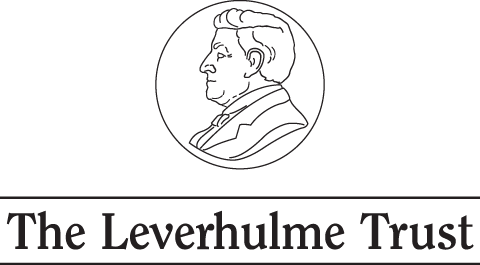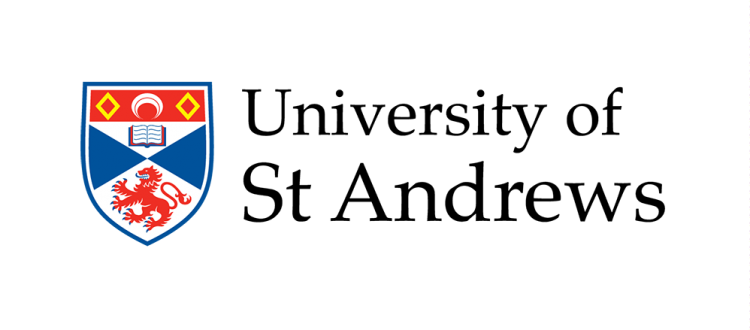 George Derwent Thomson (1903-1987),[1] studied Classics at King’s College, Cambridge but then moved to the National University of Ireland (Galway), where he was swiftly promoted to the Professorship. In western Ireland in the 1920s he became radicalised by contact with the Gaelic-speaking population, long oppressed and only newly liberated from British imperialism. He learned to speak their ancient language fluently, and translated works by Plato (1929) and both Aeschylus (1933) and Euripides into it (1932). His first scholarly commentary, published in 1932, was on the favourite of radicals since Shelley and Marx, the Aeschylean Prometheus Bound. Feeling that his efforts to educate the local population were being thwarted at every step, he moved back to England, via Moscow — where he was struck by what he considered to be the exciting educational and social progress of the young Soviet Union. He joined the CPGB in 1936 and was given a seat on the Executive Committee. In the same year he also became Professor of Greek at Birmingham University.
George Derwent Thomson (1903-1987),[1] studied Classics at King’s College, Cambridge but then moved to the National University of Ireland (Galway), where he was swiftly promoted to the Professorship. In western Ireland in the 1920s he became radicalised by contact with the Gaelic-speaking population, long oppressed and only newly liberated from British imperialism. He learned to speak their ancient language fluently, and translated works by Plato (1929) and both Aeschylus (1933) and Euripides into it (1932). His first scholarly commentary, published in 1932, was on the favourite of radicals since Shelley and Marx, the Aeschylean Prometheus Bound. Feeling that his efforts to educate the local population were being thwarted at every step, he moved back to England, via Moscow — where he was struck by what he considered to be the exciting educational and social progress of the young Soviet Union. He joined the CPGB in 1936 and was given a seat on the Executive Committee. In the same year he also became Professor of Greek at Birmingham University.
By the early 1950s he had come into conflict with the leadership and ideological programme of the CPGB. During the Sino-Soviet split he sided with Maoist China, and even wrote an introduction to Marxism for the China Policy Study Group, the first part entitled: From Marx to Mao Tse-tung. But in the intervening period, from 1936 onwards, he produced a stream of publications which were informally blacklisted at Oxford, but very widely read outside the Classics establishment in Britain, and indeed were on the syllabus of many departments of Anthropology and Sociology as well as the reading lists circulated by workers’ educational organisations.
In 1938 he published his impressive two-volume commentary on Aeschylus’ Oresteia, which still needs to be consulted by any scholar working on that text. But the work of classical scholarship with which he will always be primarily associated was his 1941 Aeschylus & Athens, a Marxist anthropological study of early Greek tragedy, published by the press most closely associated with the CPGB, Lawrence & Wishart. In 1949 he followed this with The Prehistoric Aegean, and in 1954 with The First Philosophers,[2] making a kind of ‘trilogy’ of Marxist interpretations of ancient Greek civilisation from the Bronze Age to Periclean Athens.
[1] A version of this text (written by Edith Hall) appears in Stead & Hall (2016) | PDF pp.10-11.
[2] Based on a 76 page book written in Irish for the common reader in 1932 and published in 1935 under the title: Tosnú na Feallsúnachta.



